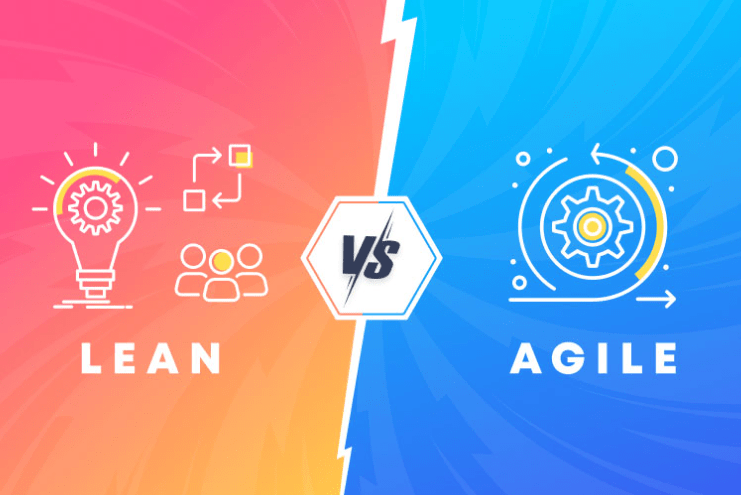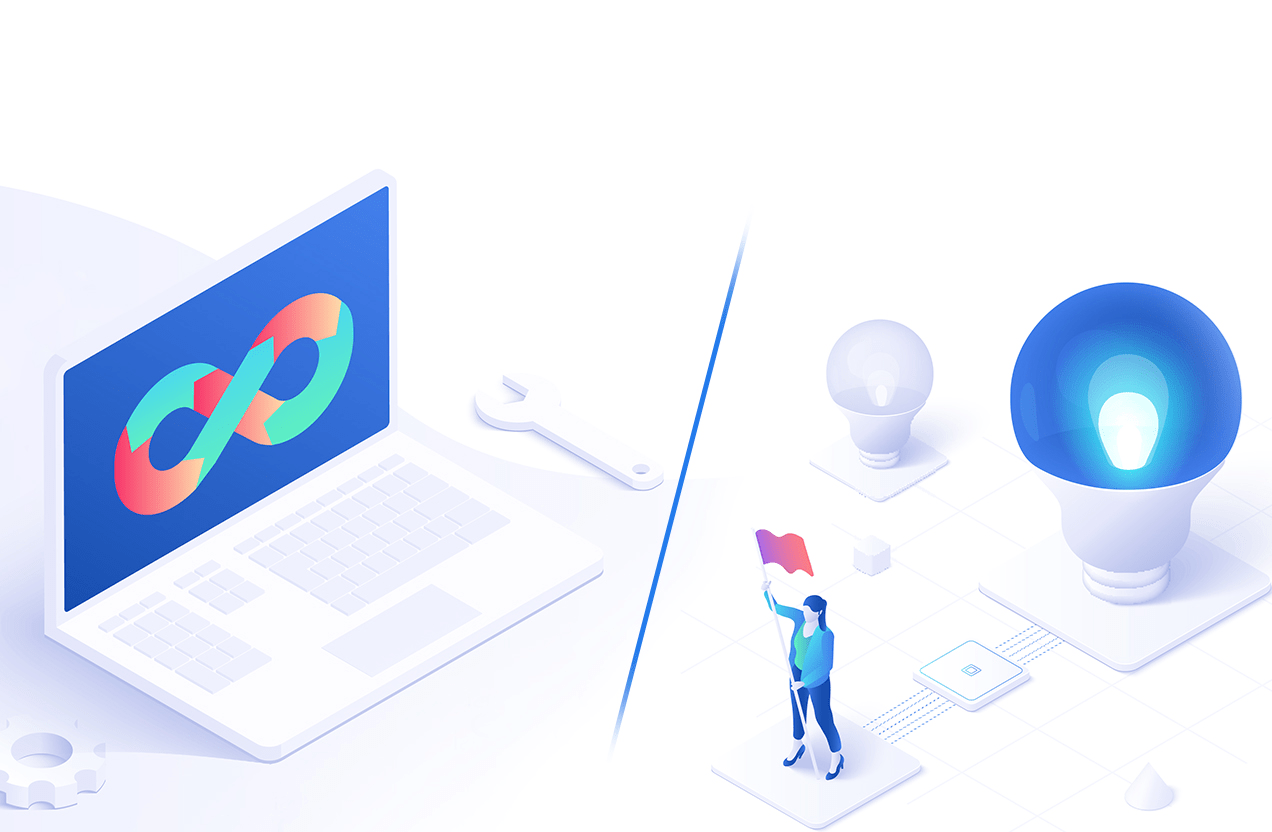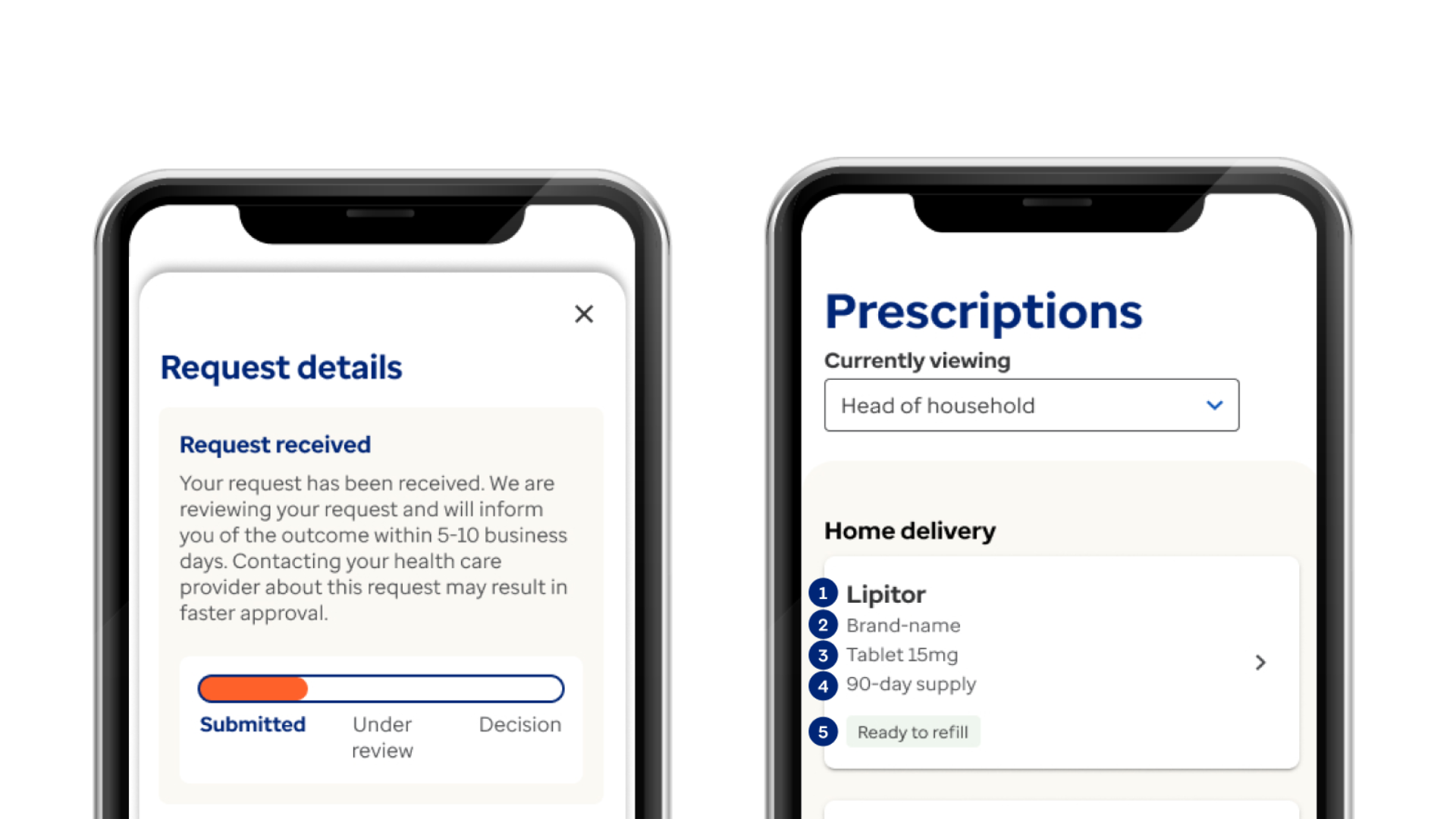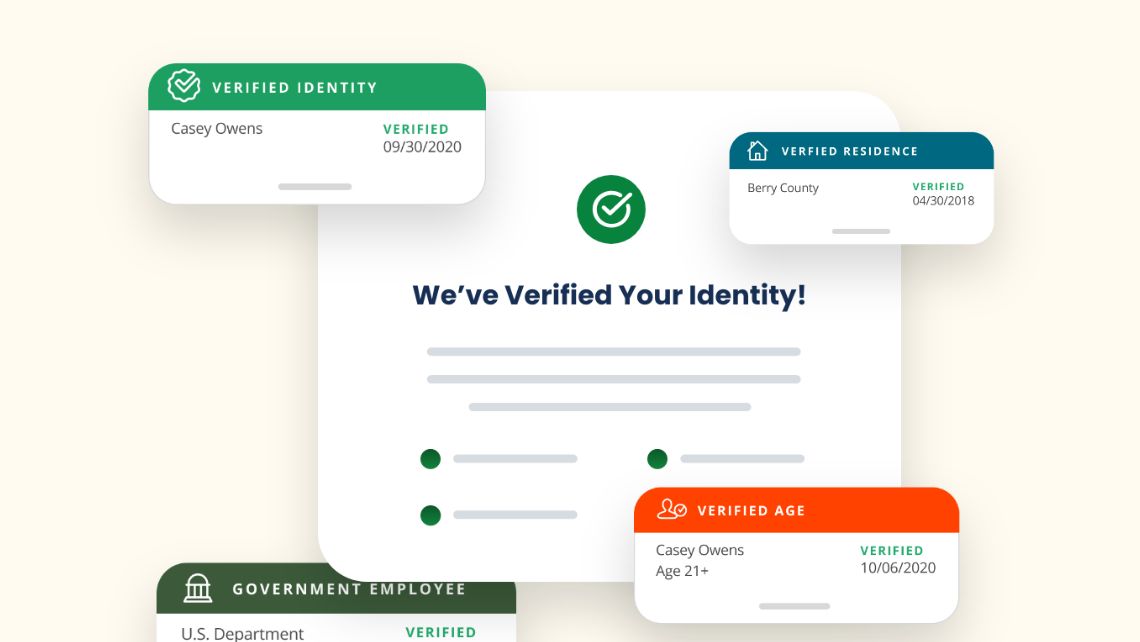Feeling unsure about the distinctions between Lean and Agile methodologies? You’re not alone. Despite their popularity in software development, many still grapple with how these two approaches differ.
This blog post will enlighten you about each methodology’s principles, applications, and how they compare to one another. Read on for a clear-cut discussion of Lean vs. Agile – no tech jargon included!
Key Takeaways
- Agile and Lean are different software development methodologies with distinct principles, approaches, project timelines, team structures, and goals.
- Agile methodology focuses on flexibility and collaboration through iterative sprints to deliver working software incrementally.
- Lean methodology emphasizes eliminating waste and optimizing efficiency by streamlining processes to achieve faster delivery times.
- Both methodologies prioritize continuous improvement, teamwork, a customer-centric approach, and the use of visual tools.
What is Agile Methodology?

Agile Methodology is a software development methodology that emphasizes an iterative approach, allowing for flexibility and adaptability throughout the project lifecycle.
History of Agile
Agile came to life in 2001. A group of experts met to talk about software development methods. They wanted better ways to develop software. They made a document, the Agile Manifesto, which set out their ideas.
This included doing things bit by bit and checking work all the time rather than at the end only. It also talked about working well with others and being open to changes along the way.
The ideas from this meeting have shaped many modern work processes. Today, businesses use Agile methods in different areas like project management and product improvement.
Agile principles
Agile principles guide teams during software development. These rules ensure work gets done right. They involve an iterative approach, as mentioned in the important facts. Let’s list them now.
- Customer satisfaction: Agile focuses on pleasing the customer. It achieves this by fast and continuous delivery of valuable software.
- Welcome change: Agile is all about adapting to change. Even late changes in a project are welcome.
- Frequent delivery: An Agile team delivers working software frequently.
- Team collaboration: Agile encourages daily meetings between business people and developers.
- Trust in individuals: Agile gives power to motivated individuals to get the job done.
- Face-to-face communication: In an Agile team, talking face-to-face is the best way to share information.
- A working product is a measure of progress: The key goal of an Agile project is a working piece of software.
- Sustainable pace: The team should be able to maintain a constant pace for indefinite periods.
- Attention to detail: Good design boosts agility.
- Focus on technical excellence and good design
- Simplicity: Only do what’s necessary for the job at hand.
- Team responsibility: The group makes decisions about how best to handle tasks together
Origin of Agile methods
Agile methods began in the field of software development. They were born to fix issues in traditional project management. So, they started using a new path called an iterative approach.
This path lets teams make many versions of a product.
The Agile software development model took shape during a meeting in 2001. A group gathered and wrote the Agile Manifesto there. The manifesto laid out all the rules or principles for this type of work method.
It stressed on team actions, product improvement and taking user feedback into account at every stage.
What is Lean Methodology?

Lean methodology focuses on eliminating waste and maximizing value in project management. It involves streamlining processes, reducing unnecessary tasks, and continuously improving efficiency to deliver high-quality products or services.
Principles of Lean
Lean methodology is guided by a set of principles that help organizations optimize their processes and improve efficiency. These principles include:
| Principle | Description |
|---|---|
| Elimination of Waste | Identify and eliminate non-value-added activities, reducing steps, waiting time, defects, overproduction, and excess inventory. |
| Continuous Improvement | Cultivate a culture of ongoing enhancement by regularly reviewing performance metrics and making incremental changes to increase efficiency. |
| Respect for People | Value and respect employees at all levels, fostering an environment of empowerment, collaboration, and ownership of work. |
| Standardization | Standardize processes to ensure consistency in quality and efficiency, reducing variability and achieving predictable outcomes. |
| Pull-Based Systems | Initiate work based on customer demand rather than pushing products or services onto the market to prevent overproduction and align production with customer needs. |
| Value Stream Mapping | Use value stream mapping as a visual tool to identify areas of waste within the process flow, helping to improve or eliminate bottlenecks and non-value-added activities. |
Lean in project management
Lean in project management is a methodology that focuses on eliminating waste and optimizing efficiency. In Lean thinking, teams manage flow to increase speed by limiting work-in-process.
This allows for production using the smallest possible number of lots and helps eliminate waste. Lean methodology enables businesses to optimize processes and improve efficiency, ultimately leading to better project management outcomes.
Key Differences Between Agile and Lean

Agile and Lean methodologies differ in their approach, methodology, project timelines, team structure, and overall goals.
Methodology
Agile methodology is a software development approach that focuses on flexibility and collaboration. It involves breaking down projects into smaller, manageable tasks called iterations.
Each iteration is completed in a short time frame, allowing for frequent feedback and changes throughout the development process. This iterative approach helps teams respond quickly to market changes and deliver high-quality products faster.
On the other hand, Lean methodology emphasizes efficiency by eliminating waste and optimizing processes. It aims to improve productivity by continuously identifying areas of improvement and streamlining workflows.
Approach
Agile and Lean have different approaches when it comes to software development. Agile follows an iterative approach, meaning that work is divided into smaller chunks called sprints.
Each sprint focuses on delivering a working product incrementally, allowing for flexibility and quick adjustments. On the other hand, Lean methodology focuses on eliminating waste and optimizing efficiency in processes.
It aims to achieve flow by managing work-in-process and reducing bottlenecks. While Agile emphasizes small incremental changes, Lean aims to optimize overall efficiency by streamlining workflows and reducing unnecessary steps.
Project timelines
Agile and Lean have different approaches when it comes to project timelines. In Agile, projects are divided into smaller iterations called sprints, which usually last for two to four weeks.
Each sprint focuses on delivering a specific set of features or functionalities. This allows teams to quickly respond to changes and adapt their plans as needed.
On the other hand, Lean methodology aims at optimizing efficiency by reducing waste and improving flow. When it comes to project timelines, Lean advocates for shorter lead times between process steps.
This means that work should flow smoothly from one stage to another without unnecessary delays or bottlenecks.
Overall, Agile emphasizes flexibility and adaptability in its approach to project timelines, while Lean focuses on streamlining processes and minimizing waste in order to achieve faster delivery times.
Team
In Lean methodology, teams are focused on optimizing processes and improving efficiency. They work together to eliminate waste and streamline workflows. The emphasis is on collaboration and ensuring that everyone contributes to the overall goal of continuous improvement.
In Agile methodology, teams also collaborate closely but with a stronger focus on small, incremental changes. This allows for quick adaptations in response to market changes or customer feedback.
Both Lean and Agile methodologies value teamwork and emphasize the importance of working together to achieve success.
Overall goal
The overall goal of Agile and Lean methodologies is to improve efficiency, productivity, and customer satisfaction in software development projects. Both approaches prioritize collaboration, continuous improvement, and a customer-centric mindset.
Agile focuses on delivering small increments of working software quickly, allowing for flexibility and adaptation to changing requirements. On the other hand, Lean emphasizes eliminating waste and optimizing processes to streamline production.
By implementing either Agile or Lean methodologies, businesses can achieve faster time-to-market, reduce costs, and deliver high-quality products that meet customer needs.
Lean vs. Agile: Similarities

Both Lean and Agile methodologies share commonalities, such as their focus on continuous improvement, collaboration among team members, a customer-centric approach, and the use of visual tools and metrics.
Focus on continuous improvement
Both Agile and Lean methodologies emphasize the importance of continuous improvement. In Agile, teams focus on making small, incremental changes to their processes and products. This allows them to quickly adapt to feedback and make improvements as they go along.
On the other hand, Lean methodology is all about eliminating waste and optimizing efficiency. It encourages businesses to constantly look for ways to improve their processes and eliminate any unnecessary steps or activities that don’t add value.
By continuously striving for improvement, both Agile and Lean help organizations stay competitive in a rapidly changing market while delivering better products or services to their customers.
Emphasis on collaboration
In both Lean and Agile methodologies, there is a strong emphasis on collaboration. Teams work closely together to achieve the project goals. This means that team members communicate frequently and share their knowledge and expertise.
Collaboration helps ensure everyone is aligned with the project’s objectives and allows for better problem-solving and decision-making. It also promotes creativity and innovation as different perspectives are brought to the table.
By working collaboratively, teams can improve efficiency, increase productivity, and deliver higher quality results.
Customer-centric approach
Agile and Lean methodologies both have a customer-centric approach, meaning they focus on the needs and satisfaction of the customer. They prioritize delivering value to the customer through continuous collaboration and feedback.
In Agile, this is achieved by involving customers throughout the development process, allowing for regular iterations and adjustments based on their input. With Lean, customer-centricity is about understanding what customers truly value and eliminating any waste or processes that do not contribute to meeting those needs.
Both approaches aim to create products or services that align with customer requirements while striving for efficiency and effectiveness in delivering value.
Use of visual tools and metrics
Visual tools and metrics play a crucial role in both Agile and Lean methodologies. These tools help teams track progress, identify bottlenecks, and make data-driven decisions. In Agile, teams often use visual boards or Kanban boards to visualize tasks and their status.
This helps everyone involved understand the work in progress and promotes transparency. Metrics like velocity are also used to measure team productivity in terms of completed user stories or tasks per iteration.
Similarly, in Lean, visual management tools such as value stream mapping or process maps help identify waste and streamline processes. Metrics like cycle time or lead time are used to measure the efficiency of these processes.
Conclusion
In conclusion, Agile and Lean are both software development methodologies that prioritize efficiency and customer satisfaction. While Agile focuses on iterative changes and quick responses to market demands, Lean aims to eliminate waste and optimize processes.
Ultimately, the choice between Agile and Lean depends on the specific needs of each organization.
Frequently Asked Questions
What is the difference between Lean and Agile?
Lean focuses on eliminating waste and improving efficiency in processes, while Agile emphasizes adaptability and collaboration in project management.
Which approach is better: Lean or Agile?
There is no one-size-fits-all answer as the choice between Lean and Agile depends on the specific needs of a project or organization. Both approaches have their strengths and can be effective when implemented correctly.
Can Lean and Agile be used together?
Yes, Lean and Agile principles can complement each other when used together. Some organizations adopt a hybrid approach that combines elements from both methodologies to achieve greater results.
Are Lean and Agile only for software development?
No, while both Lean and Agile originated in software development, they can be applied to various industries beyond IT, including manufacturing, healthcare, marketing, and more.
How do I decide whether to use Lean or Agile for my project?
To decide whether to use Lean or Agile for your project, consider factors such as the nature of the project, team dynamics, customer requirements, timeline constraints, and organizational culture. Consulting with experts or experienced practitioners can also provide valuable insights for making an informed decision.



